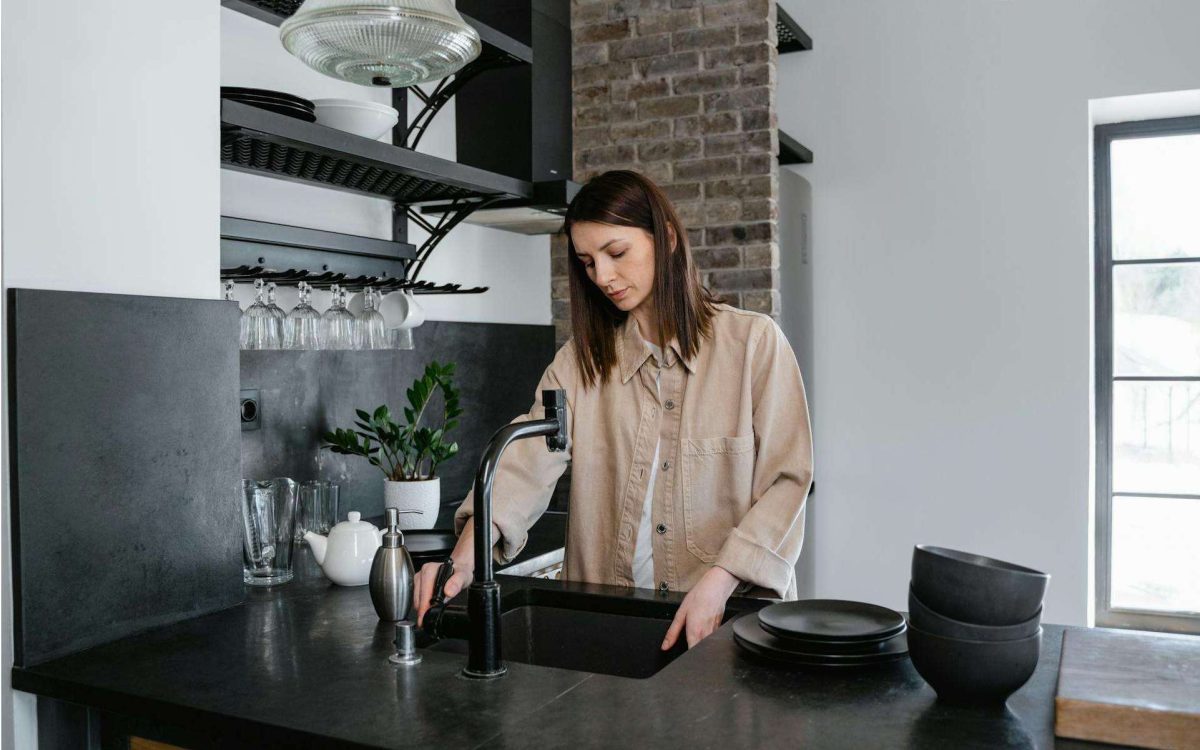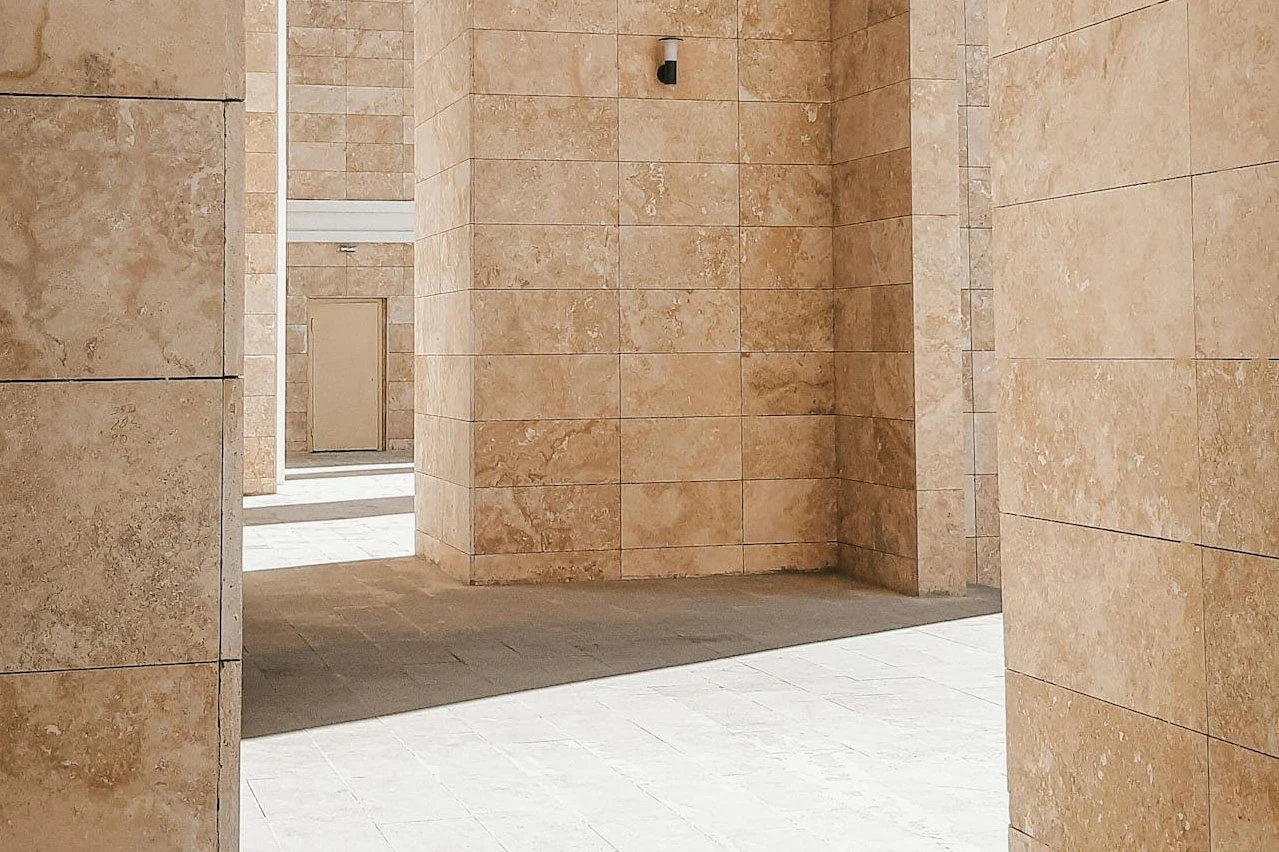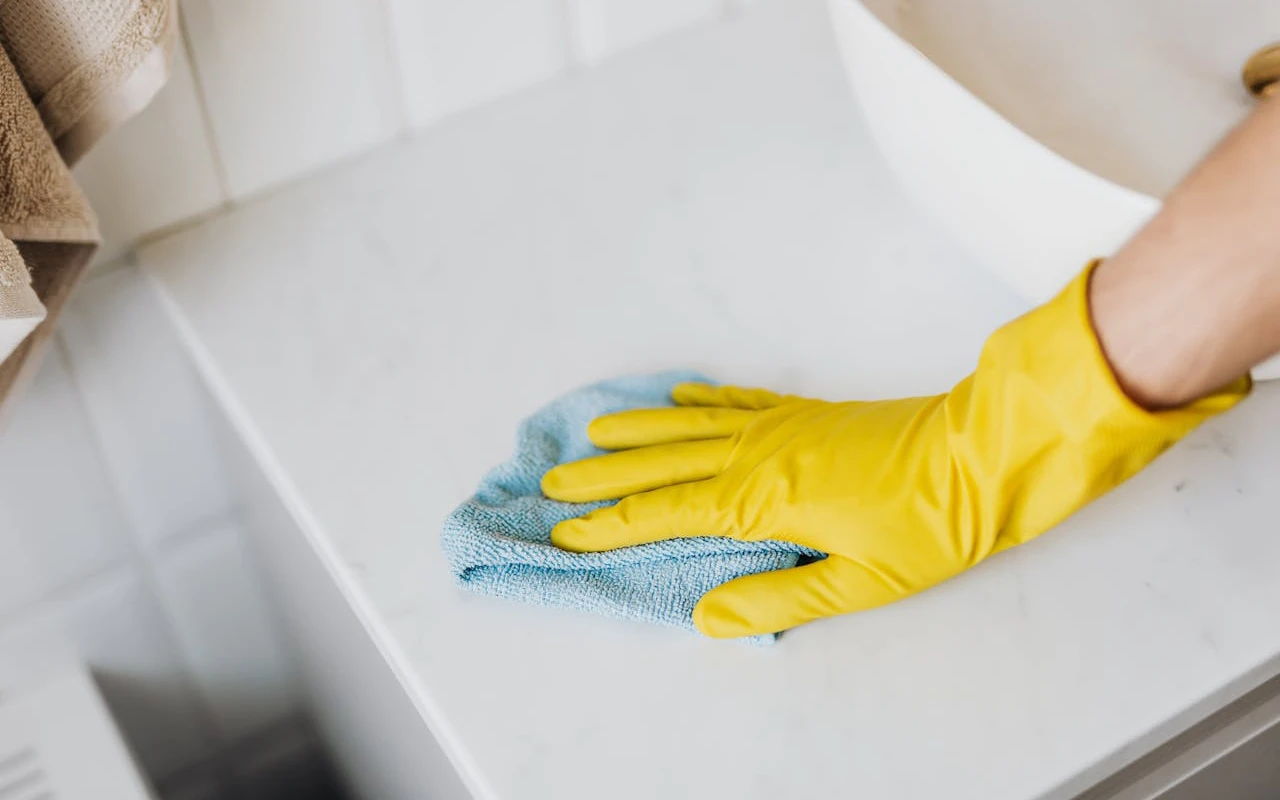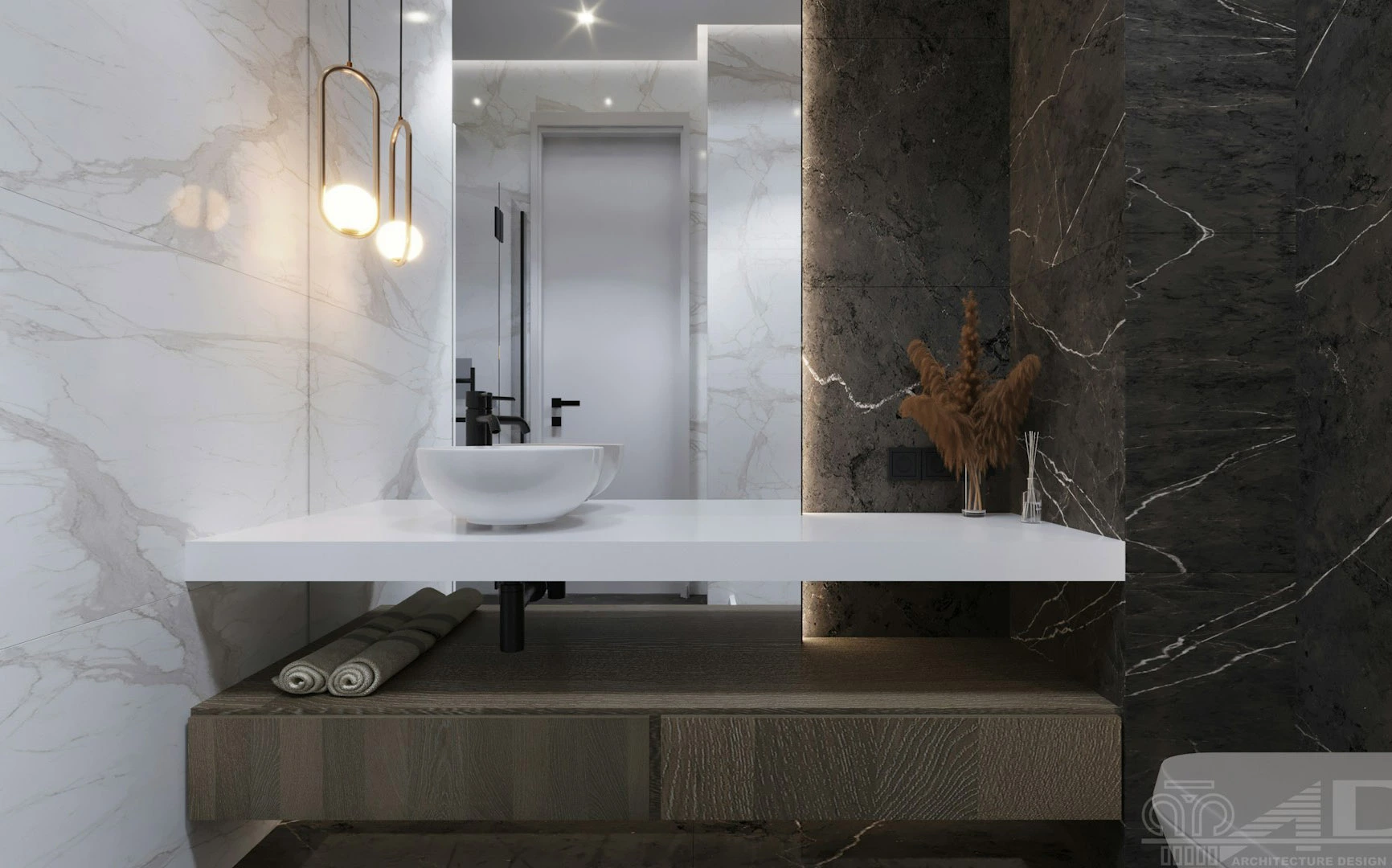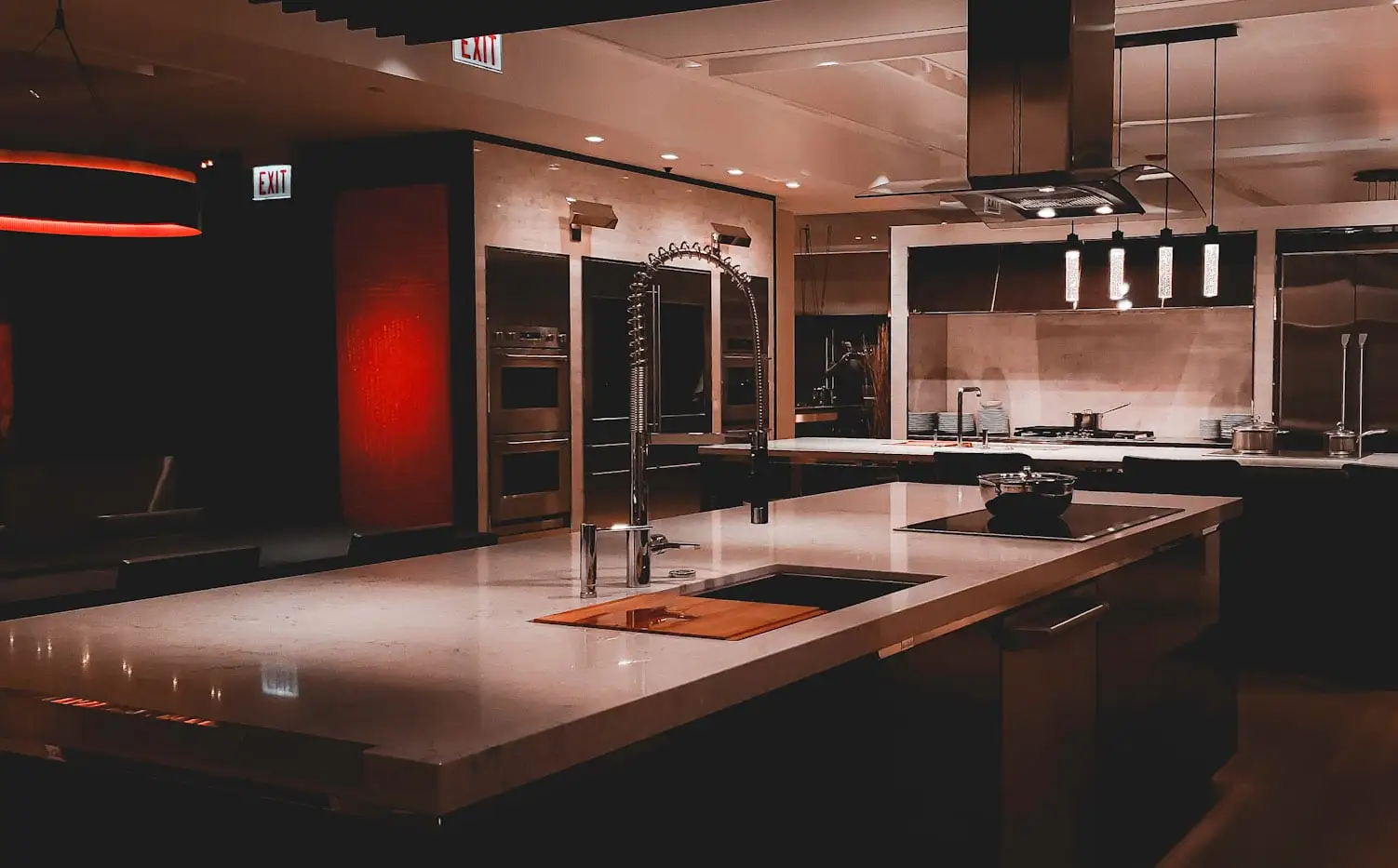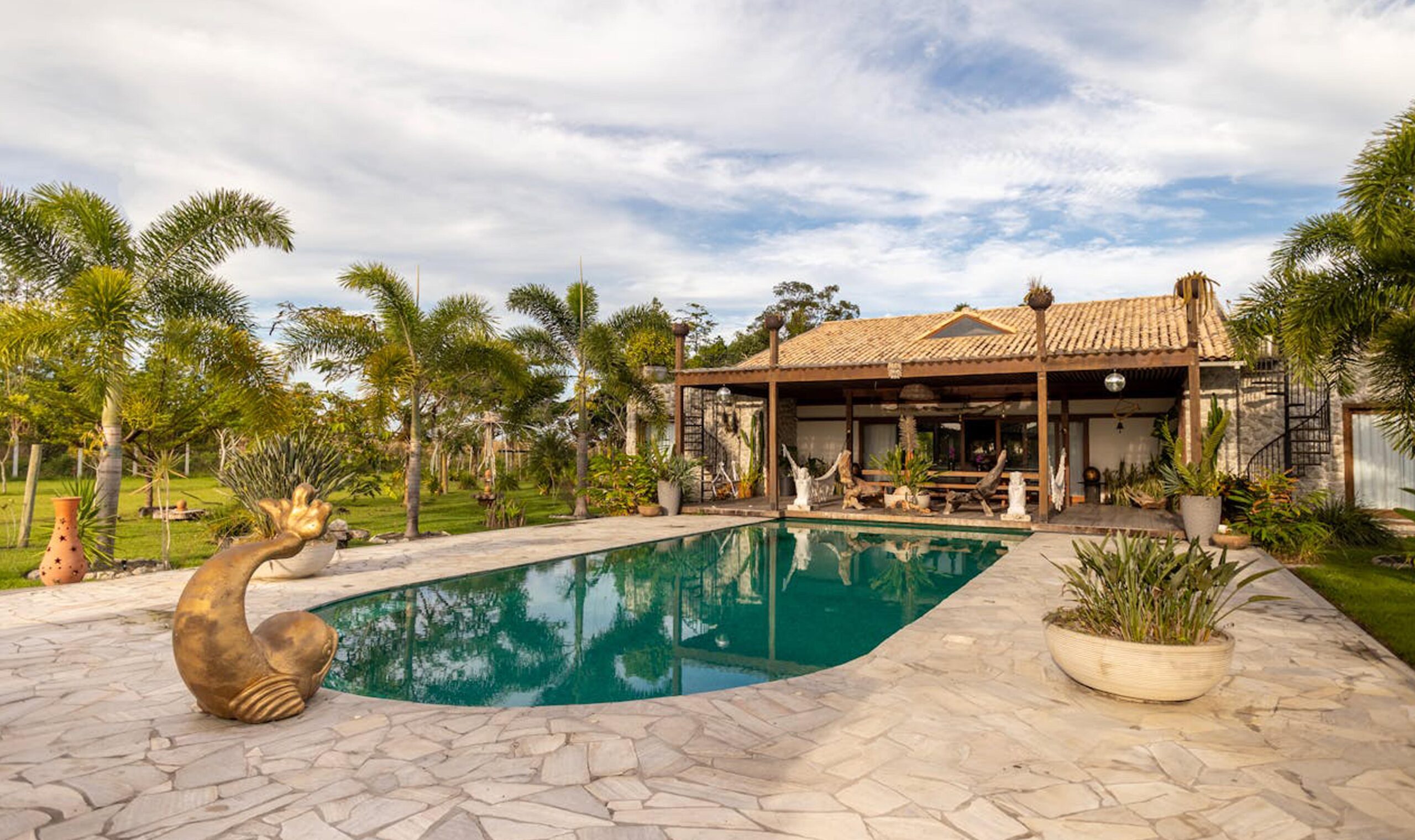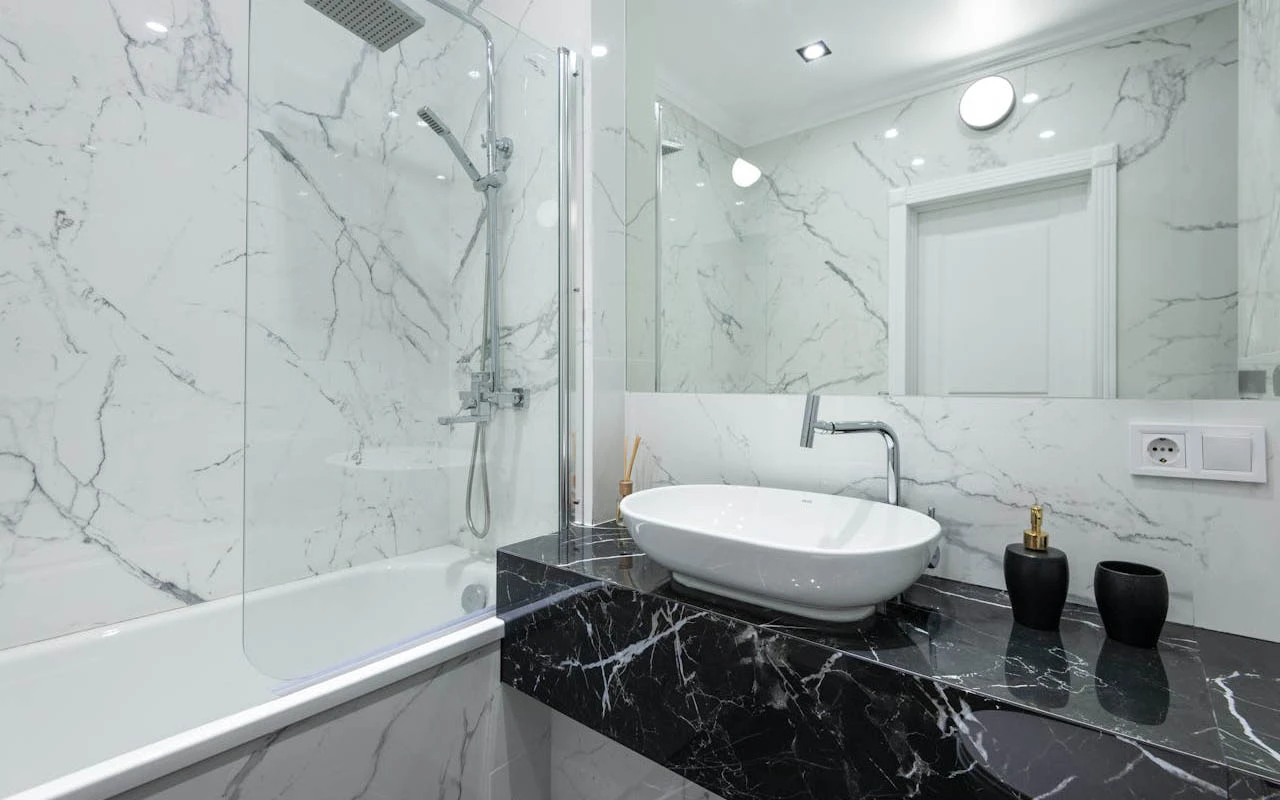When it comes to choosing the best material for your kitchen countertops, the debate often comes down to two classic contenders: marble vs granite. Both are natural stones with unique properties, timeless beauty, and long-term durability. But which one is truly better for your kitchen — in terms of style, maintenance, and performance?
Let’s break it down.
Marble vs Granite: What’s the Difference?
Marble is a metamorphic rock formed from limestone, known for its smooth, elegant veining and soft, luxurious appearance.
Granite, on the other hand, is an igneous rock composed of quartz, feldspar, and mica, giving it a speckled, textured surface and greater density.
Quick Comparison:
| Feature | Marble | Granite |
|---|---|---|
| Appearance | Soft, veined, elegant | Bold, speckled, natural |
| Durability | Softer, more porous | Harder, more resistant |
| Maintenance | Needs sealing, prone to staining | Low-maintenance, highly durable |
| Cost | Often more expensive | Usually more affordable |
| Heat Resistance | Good | Excellent |
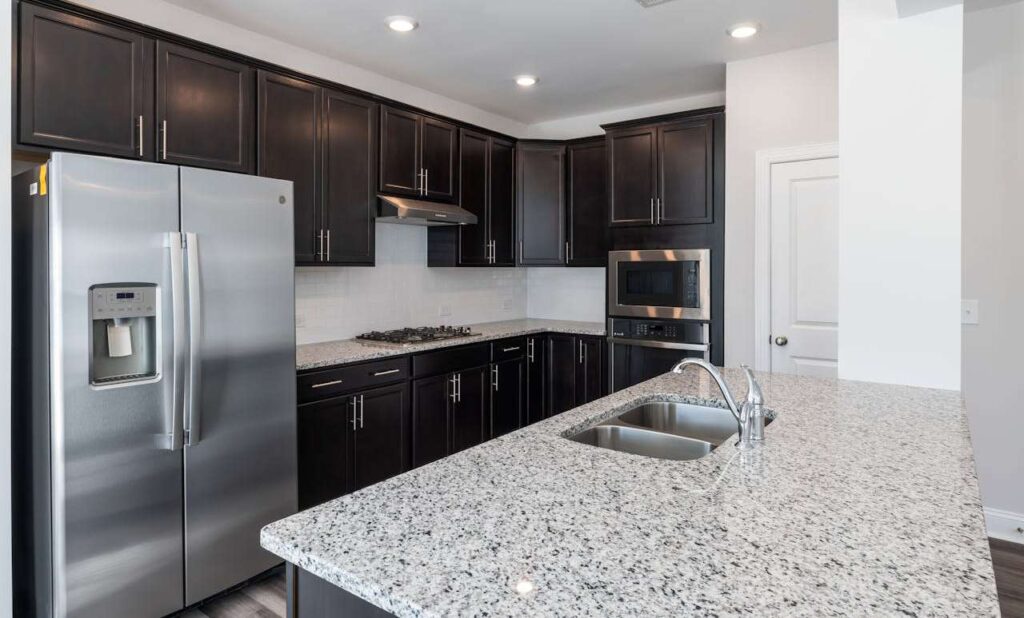
Which Is Better for Kitchen Countertops?
✔️ Durability & Daily Use
Granite is generally more resistant to scratches, chips, and heat. It’s a better choice for high-traffic kitchens or if you do a lot of cooking. It handles hot pots, sharp knives, and spills much better than marble.
Marble, while heat-resistant, is softer and more porous, making it prone to etching from acidic foods (like lemon or tomato sauce) and staining from wine, coffee, or oil if not sealed regularly.
✔️ Maintenance Needs
If you’re looking for a low-maintenance countertop, granite wins. It needs sealing once a year (depending on the type), while marble needs more frequent care and can be harder to keep looking new.
✔️ Style & Aesthetic
This is where marble shines. It’s often chosen for its classic, luxurious look, especially in high-end or minimalist kitchens. Designers love it for its clean, dramatic veining — especially Carrara or Calacatta marble.
Granite offers more variation in color and texture — from deep blacks and greens to bright whites and earth tones — making it ideal for more rustic or bold kitchen designs.
🌟 Pros and Cons at a Glance
✅ Marble Countertops – Pros:
Elegant and timeless appearance
Naturally cool surface (great for baking)
Luxurious and high-end appeal
❌ Marble Countertops – Cons:
Easily scratched and stained
Requires frequent sealing
Sensitive to acids
✅ Granite Countertops – Pros:
Highly durable and scratch-resistant
Heat and stain-resistant
Lower maintenance
❌ Granite Countertops – Cons:
Heavier, needs strong cabinetry
May not suit ultra-modern designs
Natural variation may be unpredictable
🧠 Our Verdict: Which One Should You Choose?
If you want a long-lasting, low-maintenance, family-friendly kitchen countertop, granite is the better choice. It offers durability, resistance to damage, and a wide range of natural colors.
But if you’re designing a luxurious, elegant kitchen and you’re okay with regular maintenance and careful use, marble can be a show-stopping centerpiece.
In short:
Choose granite for practicality and performance.
Choose marble for style and sophistication.
🔍 Frequently Asked Questions
Q: Is granite or marble more heat-resistant?
👉 Granite is generally more heat-resistant and better for kitchens where hot pots and pans are used regularly.
Q: Does marble stain easily in the kitchen?
👉 Yes, marble is more porous and can stain without proper sealing and care.
Q: What’s the most durable stone for kitchen countertops?
👉 Granite is one of the most durable natural stones for kitchen use.
📌 Final Thoughts
When choosing between marble or granite for kitchen countertops, think about your lifestyle, design goals, and willingness to maintain the stone. Both materials are beautiful and valuable — it’s all about finding the right fit for your home.
For more insights on stone, design, and craftsmanship, explore more on Stoneman Magazine.

